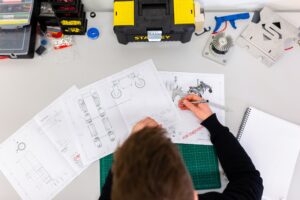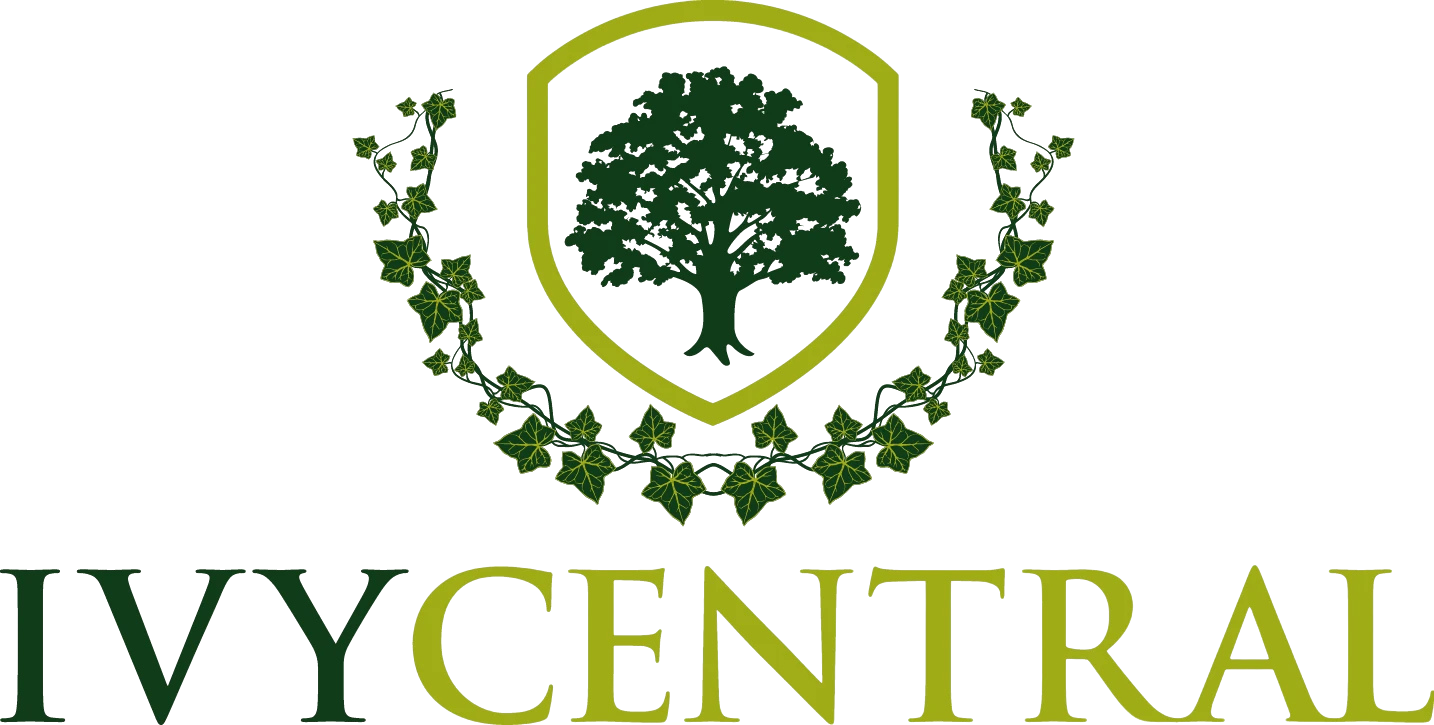
3-2 Engineering Programmes
Choosing a college or university is a pivotal decision for high school students encompassing choosing the right institution and fields of study. Often one overlooks the option available in the U.S. higher education the 3-2 engineering program, which offers a unique pathway for aspiring engineers.
What is a 3-2 Engineering Program?
A 3-2 engineering program is a five-year dual-degree pathway where students spend three years at a liberal arts college followed by two years at an affiliated engineering school. Upon completion, students earn two bachelor’s degrees: one in a liberal arts discipline and another in engineering.
Traditionally students wanting to pursue studies in engineering would attend one of the many four year engineering courses available at many of the universities across the United States. More recently, it has been recognised that a significant number of students are not best served by the traditional pattern of study which has resulted in the development of the 3-2 engineering programmes.
Students electing to pursue this route will start their higher education in one college, often a small liberal arts college, where they will complete a Bachelor of Arts or Bachelor of Science over the first three years. This degree would be in a field that is related to engineering, such as chemistry, maths or physics. Having completed the first three years, students move to a larger institution to complete their engineering degree, or sometimes a master’s, over the remaining two years.
Benefits of 3-2 Programs
Reasons why students choose to follow a 3-2 route are many, but here are a few of the most common.
-
Institutions with strong, four-year engineering programmes tend to be larger. For many, this is not a problem, but some students feel they will benefit from being in a smaller, often more supportive, institution. It may be that they want to benefit from closer interaction with faculty members or use the small group teaching to solidify the foundational knowledge before applying it to their engineering degree.
-
Developing skills of critical thinking, writing and exposure to the breadth of academic learning is one of the strengths of a liberal arts education, these are skills and knowledge that 3-2 students will take into their engineering degree. Students that have experienced a liberal arts education are often better equipped to write papers, make presentations and solve problems in creative ways that go beyond the more usual engineering curriculum.
-
A 3-2 programme can be a back door to a degree from an Ivy League or elite university. A list of universities that participate in 3-2 programmes features many highly selective institutions, if you are admitted to the 3-2 programme then the engineering degree will be from that college. The key to being admitted to the second part of the dual degree is a student’s GPA, so, even if their high school grades are not so spectacular, they can still be admitted and gain a degree from colleges like Columbia, Carnegie Mellon, Dartmouth, Cornell, Caltech, MIT and many more.
-
If you love engineering but also are passionate about history, literature, or politics, then attending a liberal arts college for three years will allow you to study these areas further, normally as part of the core graduation requirements of the college. As you will be working to complete your degree in three years, rather than four, you are unlikely to have the time to explore your interests in as much depth as you would on the four-year programme.
Drawbacks of 3-2 Programs
A 3-2 programme is not going to be right for everybody and before pursuing such a course you should be as sure as possible that it is the right course for you. Some points to consider should include:
-
Admission to Partner Institutions Not Guaranteed: Students are not guaranteed to progress into the second part of the programme, in addition to meeting minimum GPA requirements, students will need to demonstrate that they can cope with the demands of a fast-track engineering programme through recommendation letters from their professors.
-
Extended Duration and Financial Implications: Students will be spending five years at college rather than the usual two. This means that students, or more likely their parents, will have to fund the extra cost of the additional year. When considering the concentration in colleges and financial implications of a 3-2 programme it is worth noting that costs for the engineering course are higher than at many liberal arts colleges.
-
Transition Challenges: It can be difficult to make the move from one college to the next. During the first three years students will have made friends, indeed a whole life at college, so saying goodbye to that can be very hard. Carlton College reports that, while 50 to 60 students express an intent to make use of the link with Washington University, at most, 3 will make the move.
Notable Institutions Offering 3-2 Programs
Several esteemed universities participate in 3-2 engineering arrangements, including:
-
Washington University in St. Louis: Provides dual-degree options with affiliated institutions
-
California Institute of Technology (Caltech): Engages in 3-2 partnerships with select colleges.
You can also check out the colleges that offer the 3-2 Programme: College Lists Wiki / 3-2 Engineering
Conclusion
A 3-2 engineering program can offer a comprehensive educational experience, blending the breadth of a liberal arts education with specialized engineering training. However, it’s essential to weigh the benefits against potential challenges, such as the extended timeline and the need for transitions between institutions. Prospective students should carefully consider their academic goals, financial situation, and personal preferences when evaluating this pathway.
